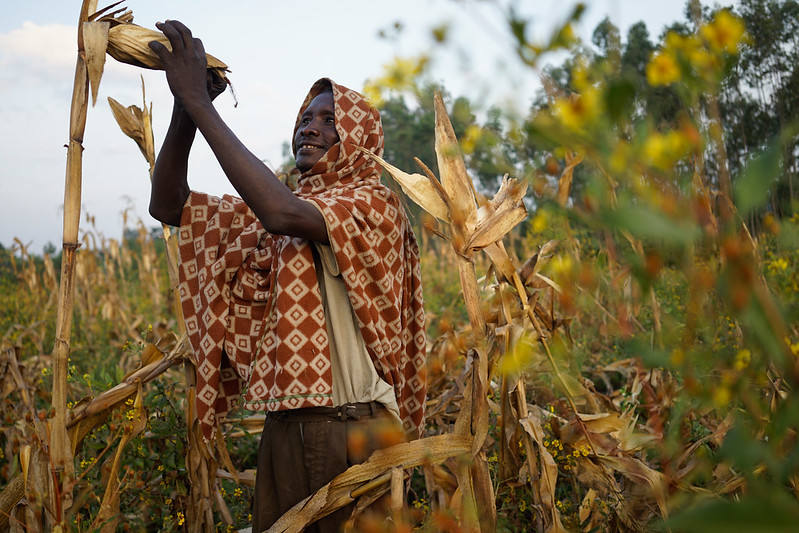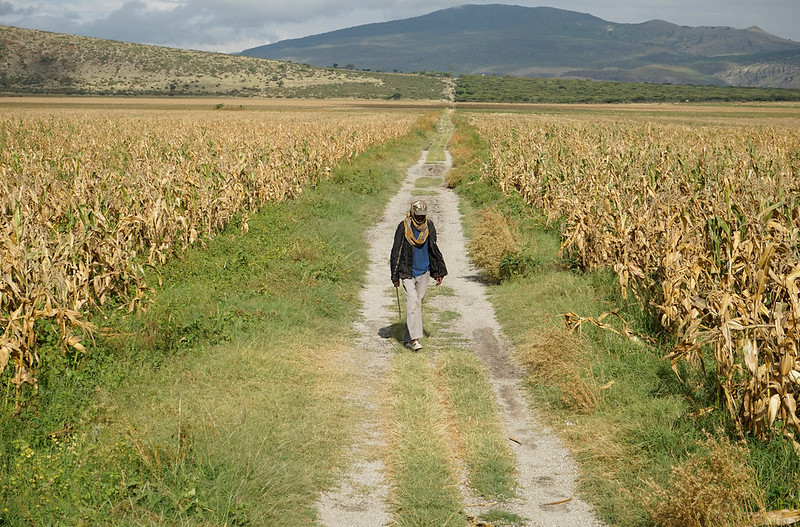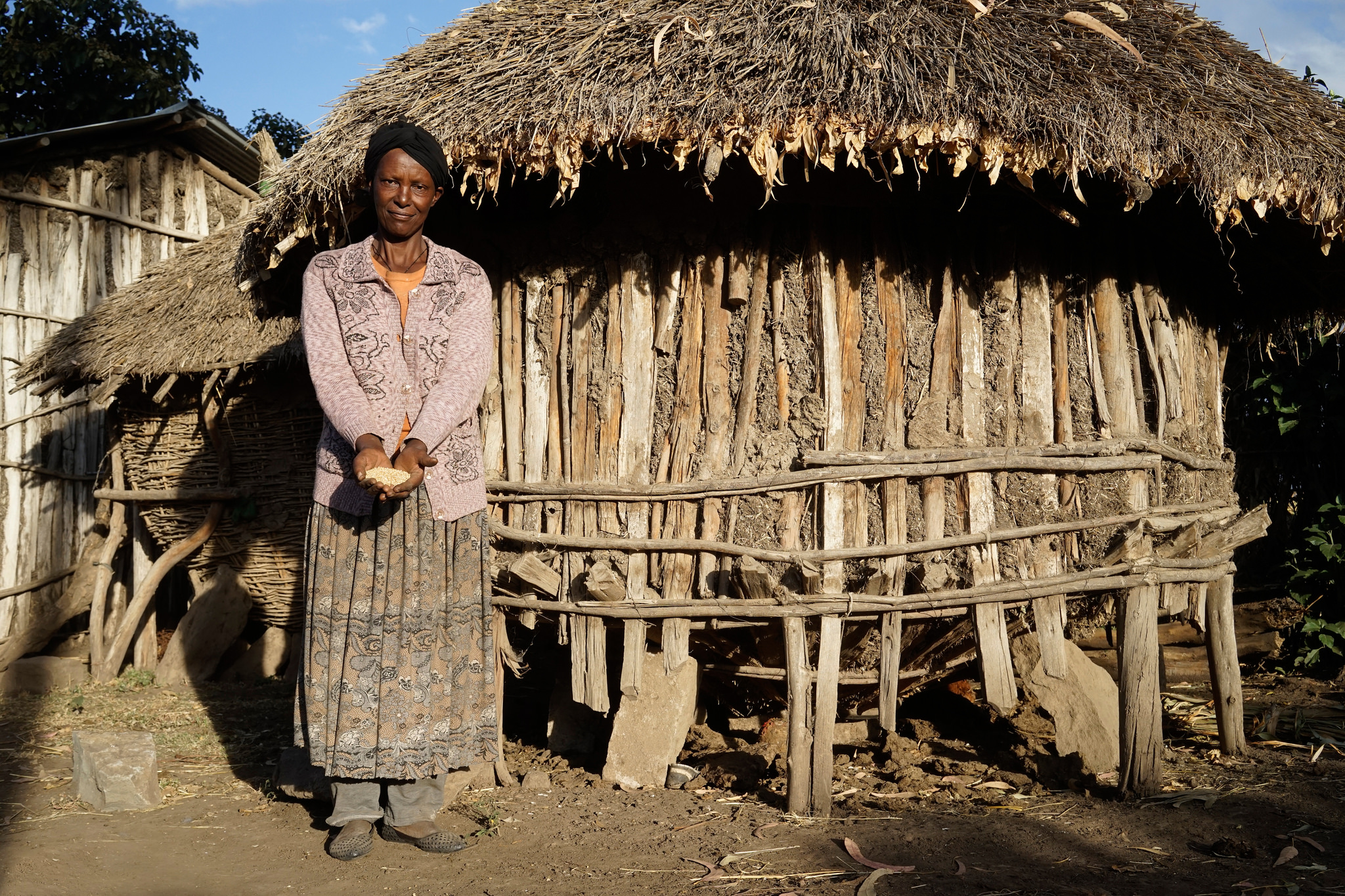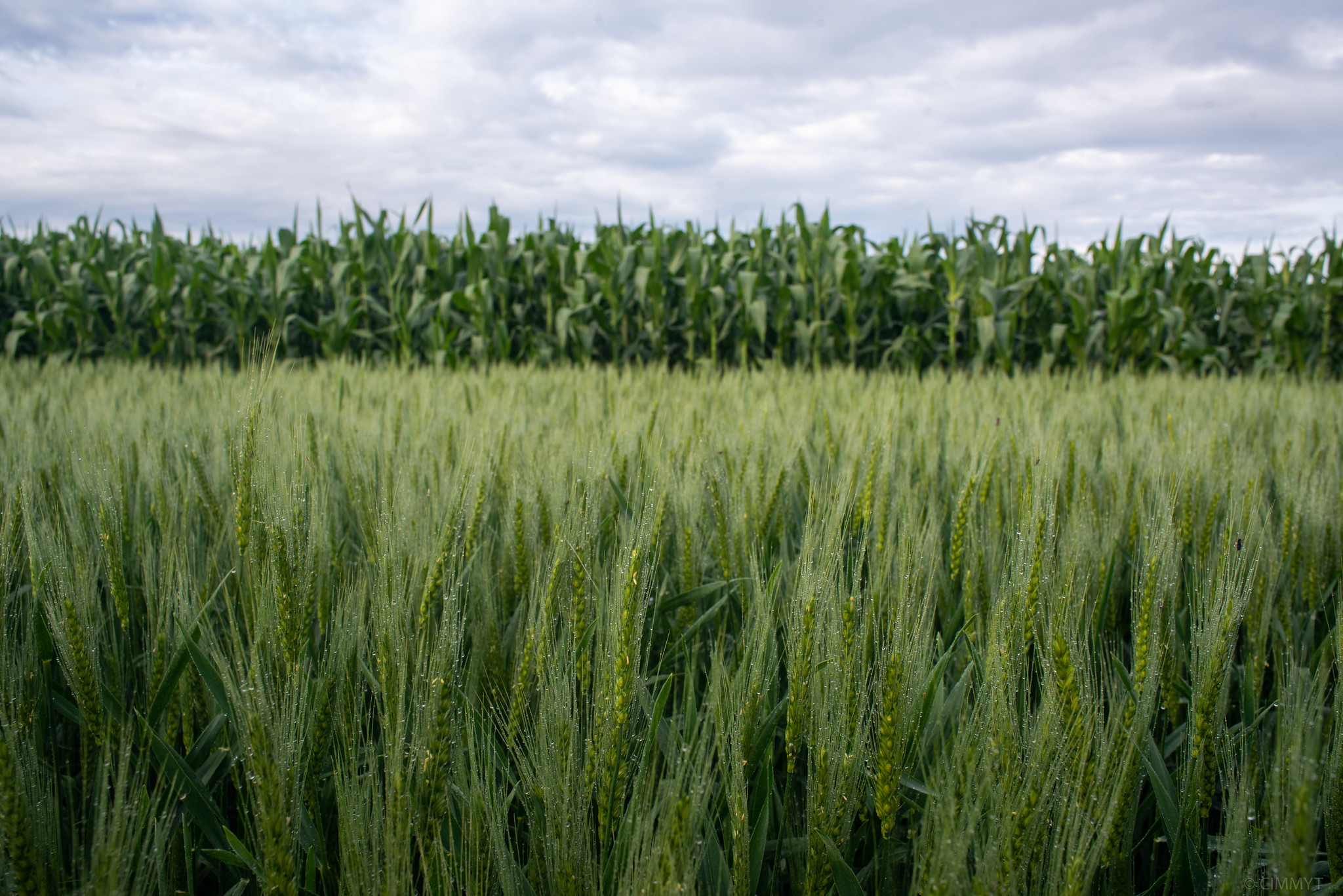
With almost all CGIAR centers represented in Addis Ababa, Ethiopia is considered to be a hub for CGIAR research, and the organization has been a long-term partner to the Ethiopian government when it comes to agriculture. The partnership between CGIAR and the national partners is said to be an exemplary one, with CGIAR serving as the source of new technologies and innovations and national partners contextualizing these products within their own country context. This is believed to have brought impacts that serve the people on the ground.
A new report by CGIAR’s Standing Panel on Impact Assessment (SPIA) indicates that CGIAR innovations have reached between 4.1 and 11 million Ethiopian households. The report — which assesses 52 agricultural innovations and 26 claims of policy influence — documents the reach of CGIAR-related agricultural innovations across the core domains of CGIAR research activity: animal agriculture; crop germplasm improvement; natural resource management; and policy research.
The study compiles comprehensive information on the past two decades of CGIAR research activities in Ethiopia. Using information from interviews with CGIAR research leaders, scientists, government officials, published studies and project documents, this ‘stocktaking’ exercise was used to identify the innovations which are potentially disseminated at scale. The study also employs novel data collection protocols and methods like visual aid protocols for identification of natural resource management innovations or DNA fingerprinting for crop variety identification for barley, maize and sorghum.
The study results show that although many innovations are being adopted by some farmers, only a few are reaching large numbers of households. The three innovations with the largest reach are soil and water conservation practices, improved maize varieties and crossbred poultry. The study also found out that there are synergies between innovations where households adopt two or more. For instance, a household which adopts CGIAR maize varieties is likely to also adopt recommended natural resource management practices.
This, according to the study, is the result of different categories of CGIAR research efforts — natural resource management and policy, crop breeding and livestock research, respectively. The scaling of these innovations can also be linked to supportive government policies, which in turn have been influenced by policy research, as indicated in the report.

CIMMYT’s footprint
The International Maize and Wheat Improvement Center (CIMMYT) has maintained a presence in Ethiopia for over 30 years and is committed to supporting long-term agricultural development in the country. As part of this effort, CIMMYT has contributed to an increase in maize and wheat production in Ethiopia, working with national partners to test and release improved varieties.
The maize breeding program started in 1988 through CIMMYT and EIAR collaboration and in 1993 BH-660 was released — the first hybrid maize variety derived from CIMMYT germplasm. According to the report, specific maize traits were researched through the Drought Tolerant Maize for Africa (DTMA) and Drought Tolerant Maize for Africa Seed Scaling (DTMASS) projects, and since 2012 the Nutritious Maize for Ethiopia (NuME) project has aimed to develop varieties with higher protein content. Overall, 54 maize varieties have been released in Ethiopia since 1990, and 34 of these are thought to contain CIMMYT-related germplasm. It is also noted that, in the past 20 years ten drought-tolerant varieties and eight quality protein maize (QPM) varieties have been released.
In terms of geographical spread, the study highlights that improved maize varieties derived from CGIAR germplasm were highly adopted in the regions of Harar and Dire Dawa, which account for 81% of adopters overall. Adoption rates were also high in Tigray (79.3% of households), Amhara and the Southern Nations, Nationalities, and Peoples’ Region (63% of households), and Oromia (58.4% of households).
The other important crop in Ethiopia is wheat, which is grown by up to 4.8 million farmers in the country, according to the 2019 Central Statistics Authority (CSA) report. The SPIA document indicates that CGIAR innovations have played great role in the release and uptake of improved wheat varieties. The work of the CGIAR Research Program on Wheat (WHEAT), for instance, has resulted in the release of eight rust-resistant varieties derived from CIMMYT germplasm that are still under production. Of the 133 varieties released since 1974, CIMMYT and the International Center for Agricultural Research in the Dry Areas (ICARDA) played a role in developing at least 80.
The report concludes that agricultural research carried out by CGIAR scientists and their national partners generates many new ideas for innovations that might help address pressing policy concerns. CGIAR’s contribution to Ethiopia’s agricultural development is complex and wide-ranging, and while some aspects cannot be accurately captured by survey data, this new source of adoption and diffusion data helps identify the scale and scope of CGIAR’s reach in Ethiopia.
Read the full report: Shining a brighter light: Comprehensive evidence on adoption and diffusion of CGIAR-related innovations in Ethiopia
About the Standing Panel on Impact Assessment
The Standing Panel on Impact Assessment (SPIA) is an external, impartial panel of experts in impact assessment appointed by the System Council and accountable to it. SPIA is responsible for providing rigorous, evidence-based, and independent strategic advice to the broader CGIAR System on efficient and effective impact assessment methods and practices, including those measuring impacts beyond contributions to science and economic performance, and on innovative ways to improve knowledge and capacity on how research contributes to development outcomes

 Gender equality, youth and social inclusion
Gender equality, youth and social inclusion 
